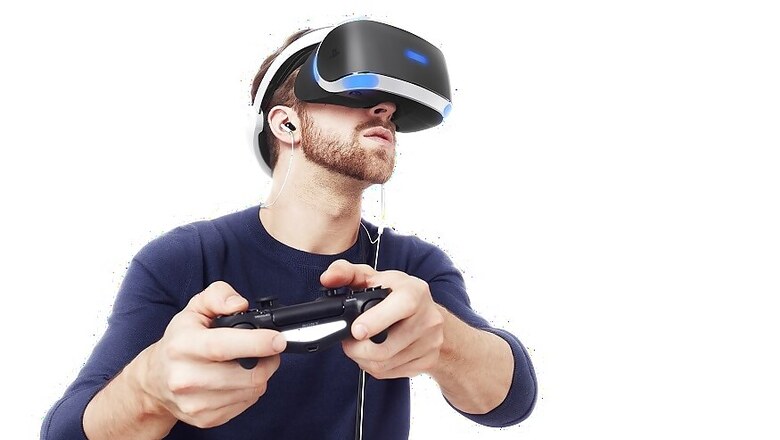
views
Google has announced that the forthcoming update to its Chrome mobile application will allow any web user to enjoy 3D content, without necessarily using the firm's Daydream View virtual reality headset.
Read more: Uber Sued of $48 Million Over a Love Affair
This new version of Chrome will let mobile device users enjoy 3D content from online platforms such as Matterport, with its 300,000 virtual tours (museums, palaces, celebrity homes, etc.) and the Sketchfab community, featuring around a million animations. WebVR support in Chrome will considerably boost the choice of 3D scenes, previously available via the YouTube application.
Read more: Top 5 Xiaomi Android Smartphones Under Rs 10,000
Owners of Google 's Daydream View can slip their smartphone into the headset for instant immersion into all of these virtual worlds.
Read more: BHIM iOS App Launched by NPCI
That goes for other VR headsets currently on the market too, including Google's famous Cardboard VR viewer. Users who don't yet have this kind of headset can still enjoy the content by navigating around the scene using their finger on smartphone's touchscreen.
The Google Daydream View, available in selected countries, is a relatively rudimentary VR headset. Like the Cardboard viewer, it's designed for use with a smartphone, which slides into the headset. However, it offers a more robust build than the Cardboard and comes with a remote control with a trackpad, a gyroscope and an accelerometer. Although considerably less sophisticated than the likes of the Oculus Rift or HTC Vive, this type of headset seems to have a bright future in the tech market. The Daydream View sells for $79 in the USA.
Unfortunately, very few smartphones are currently compatible with the Daydream View ( Google Pixel phones, the Moto Z range, the ZTE Axon 7 , for example), which could explain why Google is making a conscious effort to broaden the reach of virtual reality content, making it accessible on all devices. Without that, VR technology could struggle to gain ground among the public at large.



















Comments
0 comment